DOG TRAINING OFFERED IN-PERSON AND ONLINEOur dog training services are delivered in almost any format that meets your needs. We have GROUP CLASSES at our indoor and outdoor facilities on our farm, ONLINE LIVE STREAMING classes, and SELF-PACED VIDEO-BASED training through our Online Dog Training Course. Our PRIVATE TRAININGS can be done in-home, outside, in public dog-friendly locations, at our facility on our farm, online via phone or video conferencing and through email. |
I am a big proponent of daily walks for dogs. We walk our own dogs twice every day (with the rare exception due to weather, illness, etc.) For our dogs, they are lucky enough that the vast majority of their walks are off leash. But I understand that most of us are not able to give our dogs daily off leash walks. So what does an ideal walk look like?
The ideal walk will, of course, depend upon which of you is answering that question – you or your dog. In some cases, those ideal walks will be very similar. But in the majority of cases, my guess is that answer will differ quite a bit. We humans tend to think of a walk as physical exercise. We have a mission and want to cover a certain amount of ground. And some dogs are that way too. But many more dogs are much more concerned about the “journey” rather than the “destination” you might have in mind. We think of the walk as the actual physical activity of walking. Dogs often see the walk as a means to get to the next interesting thing. Most dogs love to sniff on their walks. And many humans try to discourage or minimize the sniffing because we don't cover as much ground when we stop all the time. We're not getting enough exercise with all the stopping, we think.
And we as the humans do not get as much exercise when we stop to allow our dogs to sniff frequently. That is true. But it's not necessarily true for your dog. Your dog actually burns energy when he is sniffing. Sniffing is a critical component of your dog's walk. It burns energy, but it is also the major way in which he interprets and explores his world.
If you and I were to meet up for walk, we might have different ideas of the perfect walk. I tend to walk fast. I like to move and cover some ground. That most likely comes from me having competed in cross country and track all through school and college. I started running when I was in elementary school. My high school cross country team was known for excelling at hillwork, so when I see a hill (or mountain) and I am heading up, I want to get up it as fast as I can. If anyone has hiked with me in the past, you know that to be true!
But when I got my first dog as an adult, he taught me to stop and “smell the roses” and everything else. He taught me to slow down and really be aware of my environment. I am actually pretty good at spotting wildlife on hikes because my dogs taught me how to pay attention. And you know what? I enjoyed my hikes more after that. I have learned to slow down and observe more and really appreciate what is going on around me.
If you walk your dogs and discourage sniffing and try to keep them moving for the entire walk, it is somewhat like meeting up with me for a walk and then I put a blindfold on you. We will walk but you are not allowed to look around and enjoy the views! That's what you are telling your dog when you do not allow him to sniff.
Now, constant stopping and prolonged sniffing are not much fun for most humans, so you and your dog will hopefully find a happy compromise that allows you to get the exercise you want and allow your dog to get a different form of exercise that he enjoys.
For some additional details on the importance of sniffing on walks, check out this blog post from Patricia McConnell.
Happy walking!
Our goal is to positively impact the lives of as many dogs and their families as we can, in part through our extensive library of video, infographics and text articles. |

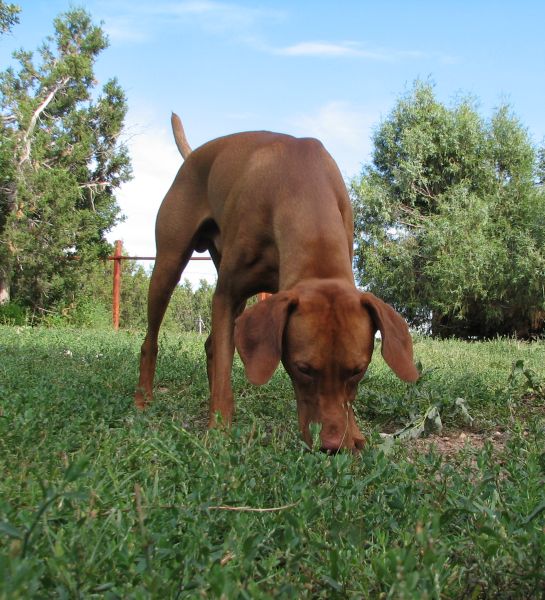
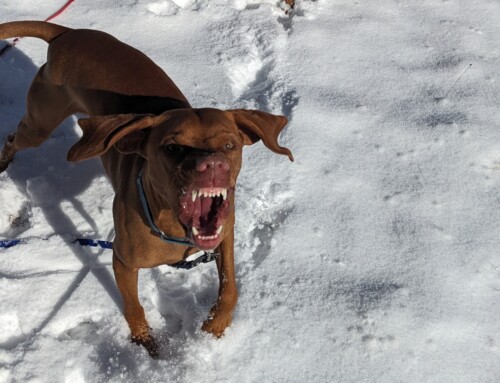
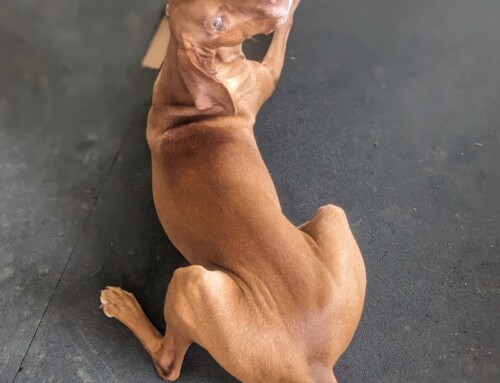

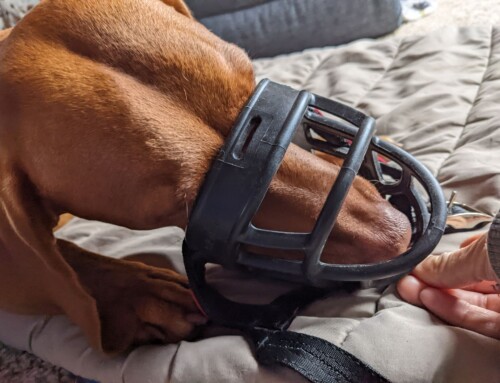
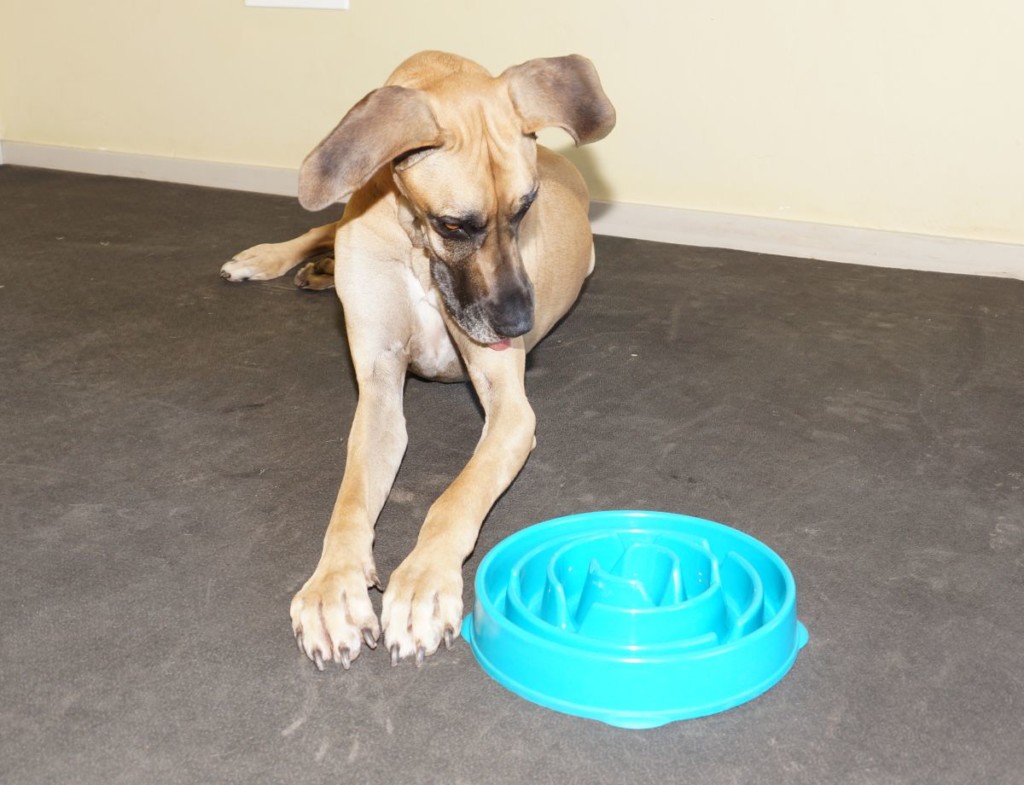
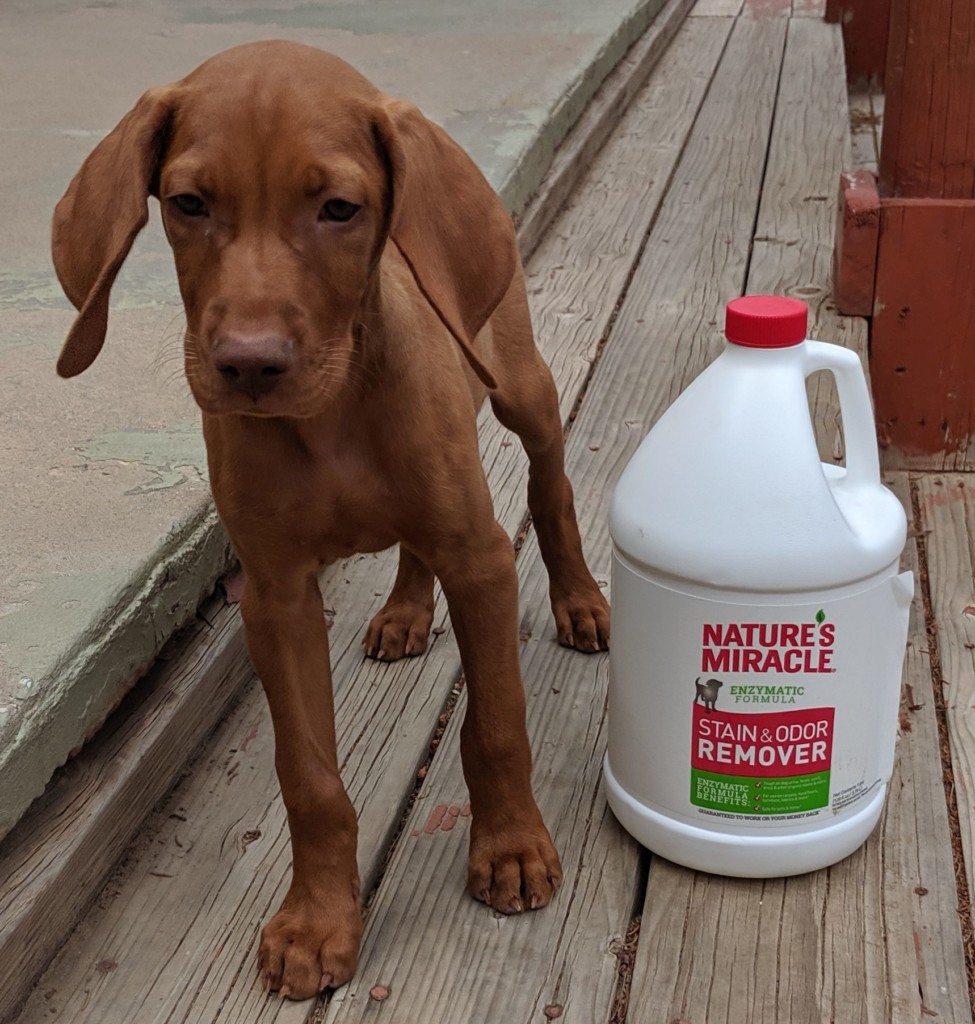

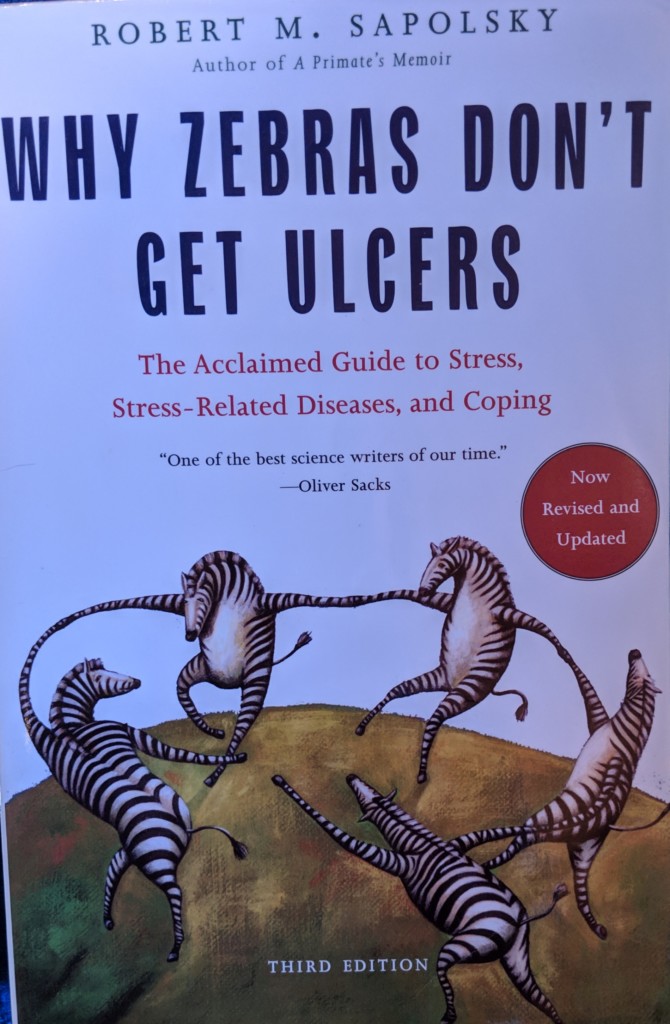
Leave A Comment